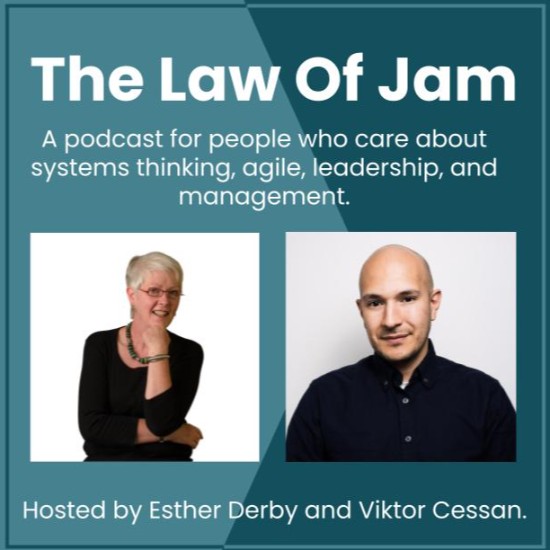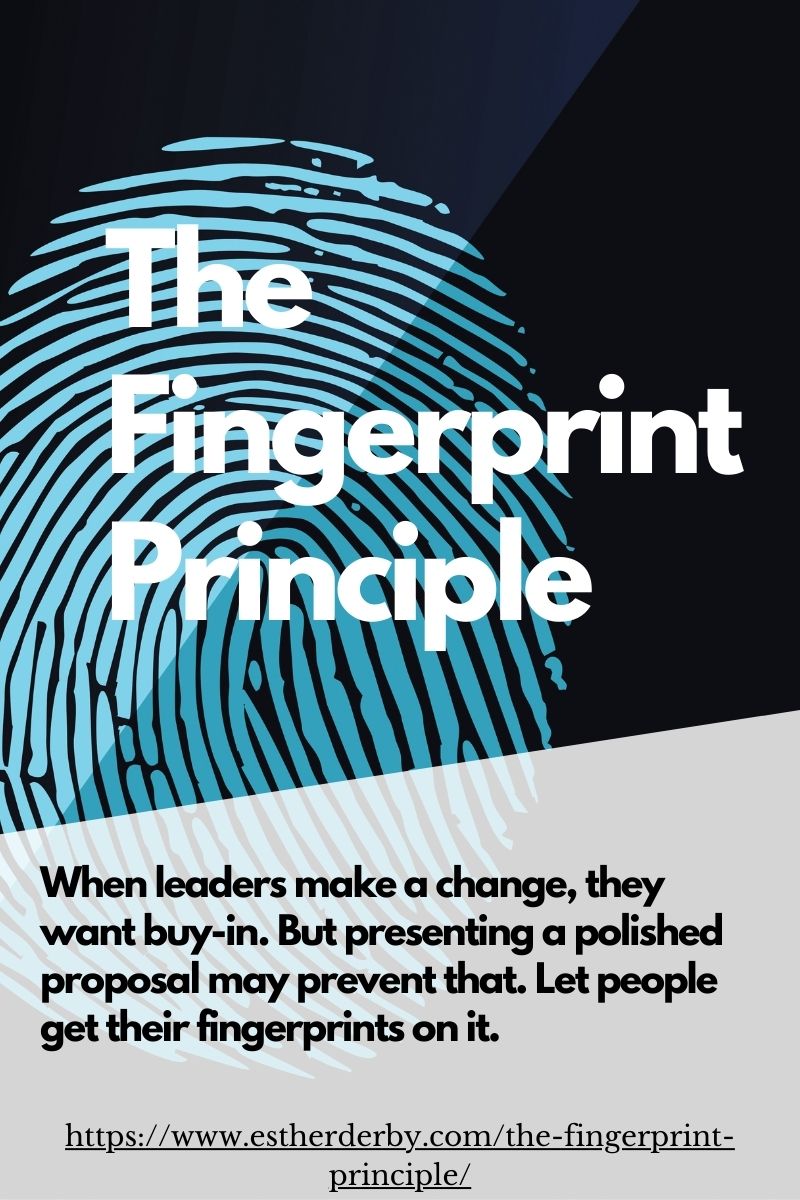If you have ever said to yourself “It couldn’t be X, Y, or Z” when trying to find an exploration, you’ve put options beyond belief. And that hampers problem solving.
Let me tell you a little story, a true story.
The Facts
Some time ago my friend Julia, who was forty-four and a bit portly at the time, starting experiencing troubling physical symptoms. She was fatigued, depressed, and generally uncomfortable. After several weeks, she went to the doctor. The doctor didn’t find anything specifically wrong.
Julia was sent home with a vague diagnosis and a prescription for Prozac. Soon, her mood lifted. She felt less tired. However, the discomfort continued. Finally, after several months and several more visits, her doctor made a diagnosis. He determined she had a fibroid tumor that was increasing in size. He recommended surgery to remove he tumor.
Julia wasn’t happy to be facing surgery. But, after months of discomfort, she was relieved to have a diagnosis and a plan. Two days before surgery, Julia went in for an ultrasound.
Based on the ultrasound, the doctor cancelled Julia’s surgery. Julia went home to prepare for the birth of her daughter—who arrived, full-term, two months later.
The Belief
Now I’m willing to bet that you guessed the end of this story by the middle of the second paragraph. It’s obvious…if you don’t already have any particular beliefs about Julia.
Julia and her doctor, however, did have a belief, built up over years. They believed Julia couldn’t become pregnant. Thus, no one suggested pregnancy as an explanation for her symptoms.
We could say that the doctor incompetent, but I would say he (and Julia) suffered from a belief problem. Their belief caused them to overlook an obvious potential cause of Julia’s symptoms. Pregnancy never came up.
Internal Maps
What does this have to do with software work?
We all have beliefs about the world and other filters that affect what information we take in. Our beliefs, build up through education and experience, and form the internal maps. These maps help navigate the world we live in. Our internal maps can enable us recognize and categorize and think quickly. Often, they are helpful as general models of how the world works.
Other times, our beliefs keep us from seeing what is blindingly obvious to someone with a different set of eyes. It’s “as plain as the nose on your face” to someone without our particular set of blinders.
A Work-Related Example
Take Tom the test manager, assigned to a team that previously operated on participative and consensus-based decision making. Tom’s framework for managing relied on his belief that, as a manager, he knew best. While he might entertain input from a group, decisions were up to him.
Soon after Tom was assigned to the group, the team was assigned to finish an evaluation of testing tools. Tom read the reports and listened to the group discussion, then closed his office door and chose the tool he favored. At the next team meeting, as he discussed his decision, he reminded the group that “we decided this at our last meeting.” Tom didn’t notice that most of the other heads in the room were shaking back and forth, indicating “no, we didn’t.”
Was Tom a bad manager? It’s hard to say based on one incident. What we can see is that because of his belief about how decisions should be made, Tom didn’t ask questions that might have given him direct information about how the group operated. He also filtered out valuable non-verbal information that would have given him additional clues. As a result, he was far less than effective in working with the team…at least until he became aware that his map didn’t match the territory.
We often fail to account for the existence of our internal maps. That makes them more likely to trip us up—just as Julia, her doctor, and Tom, our test manager, stumbled.
Testing Internal Maps
Our minds work at incredible speed. It is extremely difficult to pause the process and ask, “What unconscious beliefs, filters, or maps are influencing me right now?” Yet, it is relatively easy to pause between our initial conclusion and action.
Here are some questions I ask to test assumptions and maps:
What explanations have I already dismissed?
These are the options I’ve put “beyond belief.” My list of “It couldn’t be” explanations might lead me to useful exploration. Numerous times in my life, the answer to “It couldn’t be…could it?” turned out to be, “Yes, it could.”
This list also hints at beliefs and assumptions. If I can identify those, I can ask further questions.
What have I seen or heard that led me to this belief or assumption?
This question reminds me to really look at the data my response is based on. If I hear myself saying something like “because it has always been like that…” I send up a tiny little internal red flag.
Am I willing to consider that my belief or conclusion may be mistaken?
If I’m not willing to consider that I might be wrong, it’s a sign that I’m reacting out of a belief I’m pretty attached to. And that is a clear sign I need to go to the next question.
What are three other possible interpretations of this situation?
If I can’t think of any other interpretations, it’s time to get some help shaking up my assumptions. I find a colleague I trust and we brainstorm as many different interpretations as we can.
What would I do differently if one of these other interpretations were true?
Benefits of Expanded Thinking
This gives me a wider range of responses to choose from. That increases the chance I’ll choose one that will help solve the problem.
When I start to test my conclusions, I can surface and examine my belief and my assumptions about the situation. If I’m willing to admit that my initial interpretation might be inadequate, I can gather more information and represent the situation more accurately.
When I do that I open up the possibility of making better decisions, working more effectively with people, and—coincidentally—building better software.







Hi Esther,
great article. I don’t know if you’ve already read Paula Underwood but her version of the theme, “The Rule of Six” is well worth the read. http://www.appreciativesustainability.com/Reference/the-rule-of-six.html
Actually, I think that anything that I’ve read by Paula so far has been well worth the read.
BR
Morgan
Great points Esther. It is definitely difficult to pause my mind between observation and conclusion, but when I do, it makes that interaction, and the resulting human relationship that much better.